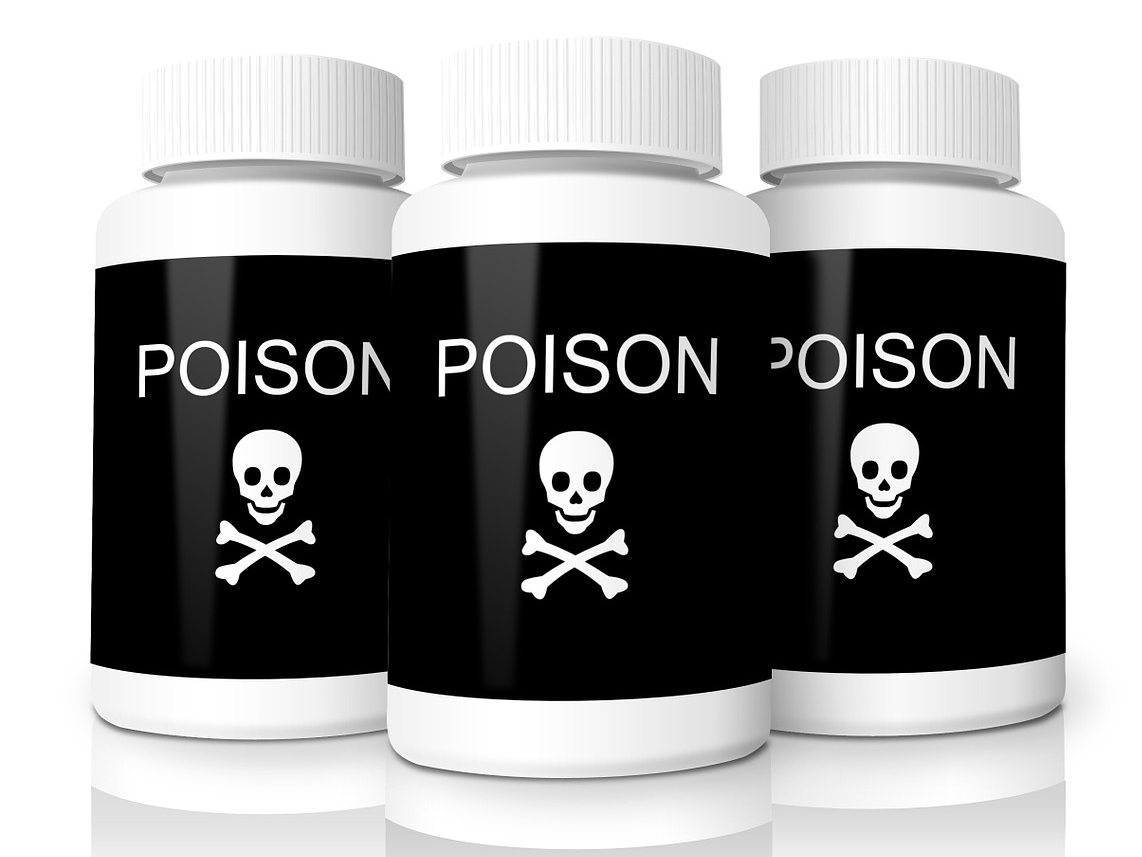Once a murder weapon of choice, arsenic is now emerging as a treatment for a form of acute myeloid leukaemia
Once considered a murder weapon of choice and a cure for syphilis, arsenic is making a comeback as a treatment for a form of acute myeloid leukaemia
It is often said that everything old is new again. And if one of the new PBS listings is anything to go by, this has never been truer. In April this year, Australia listed arsenic on the PBS for the treatment of acute promyelocytic leukaemia (APL).
Once considered a cure-all tonic and taken by the likes of Charles Dickens, arsenic has a colourful history. A poison made famous by murder-mystery writers, that storyline is drawn from real life. In the 1800s, arsenic poisoning was almost considered fashionable.
It was nicknamed “inheritance powder”.
One of the most famous cases was that of Madeleine Smith who was accused of using arsenic to kill her lover, Emile L’Angelier. Allegedly, she had added arsenic to beverages she then gave him. This was 1857, and by then arsenic was a restricted substance with controls on its access. Its main use was as a rat poison and insecticide.
Paris Green
Arsenic was discovered around 1250 AD. The name likely derived from “arsenikon”, a Greek term for the yellow pigment orpiment. Its atomic number is 33.
Found naturally in seafood such as prawns in an apparently harmless organoarsenic form, arsenic is considered a semi-metal. Following administration or ingestion, arsenic can be detected in hair, nails and urine.
In around 1775, arsenic was used in a compound called Paris Green, which was then incorporated into a paint pigment, wallpapers and fabrics. By the late 1800s medical authorities had identified that the deaths of children could be traced to exposure to Paris Green in houses.
Modern arsenic
In more contemporary contexts, arsenic is used as a doping agent in semiconductors (gallium arsenide) for solid-state devices. It is also used in bronzing, and pyrotechnics. Arsenic compounds can be used to remove colour from glass, to preserve wood, as a growth promoter in livestock, in ammunitions, and as preservative in taxidermy.
Arsenic today is an established carcinogen and toxicant – and a major public health problem. In a number of countries, such as India and Bangladesh, groundwater contaminated with inorganic arsenic is used for drinking water, food preparation and food crop irrigation. Millions of people in these settings are exposed to dangerously high levels of arsenic.1
The mechanism by which groundwater is contaminated with arsenic is largely considered due to the extraction from underlying rocks of naturally occurring arsenic compounds – arsenous acid and arsenic acid – that surround the aquifer where the water is drawn from.
The sinking of tube wells as part of international aid agency efforts in some countries in the 1990s was considered to be part of the problem that led to increased arsenic exposure. The irony was that the availability of the groundwater from the wells substantially reduced infant mortality and the burden of disease from diarrheal illness in these settings.
Arsenic and APL
The PBS listing of arsenic as first line treatment of APL is an interesting development. However, this is not a new treatment option. Reports in medical literature started appearing in the late 1990s of cases of refractory and relapsed APL being successfully treated with arsenic trioxide (As2O3).2
Arsenic trioxide is the historically documented “white arsenic”, a byproduct of copper refining, and has been long known about. It is considered highly toxic.
Arsenic appears to interfere with gene expression through epigenetic processes, such as DNA methylation and post-translational histone modifications.3
But how this actually works to reverse APL relapse is not currently known. In the context of APL it is administered intravenously, and case reports suggest minimal side effects.
Dr Ursula King is Medical Editor, The Medical Republic, and a rural emergency practitioner
References:
1 http://www.who.int/mediacentre/factsheets/fs372/en/
2 Shen, Z.X., Chen, G.Q., Ni J.H., Xiong, S.M., et al. Use of arsenic trioxide (As2O3) in the treatment of acute promyelocytic leukemia (APL): II. Clinical efficacy and pharmacokinetics in relapsed patients. Blood. 1997 May 1;89(9):3354-60.
3 Pournara, A., Kippler, M., Holmlund, T., et al. Arsenic alters global histone modifications in lymphocytes in vitro and in vivo. Cell Biol Toxicol. 2016 May 10, [Epub ahead of print: http://www.ncbi.nlm.nih.gov/pubmed/27165195]


